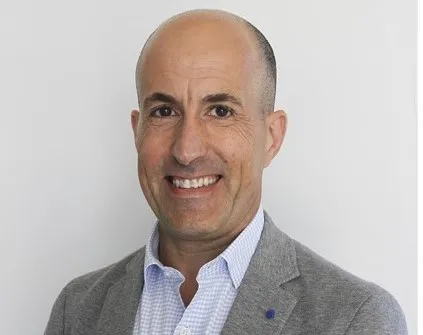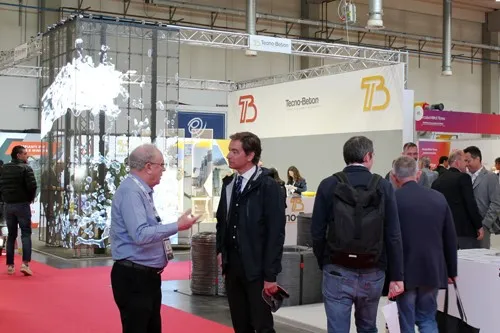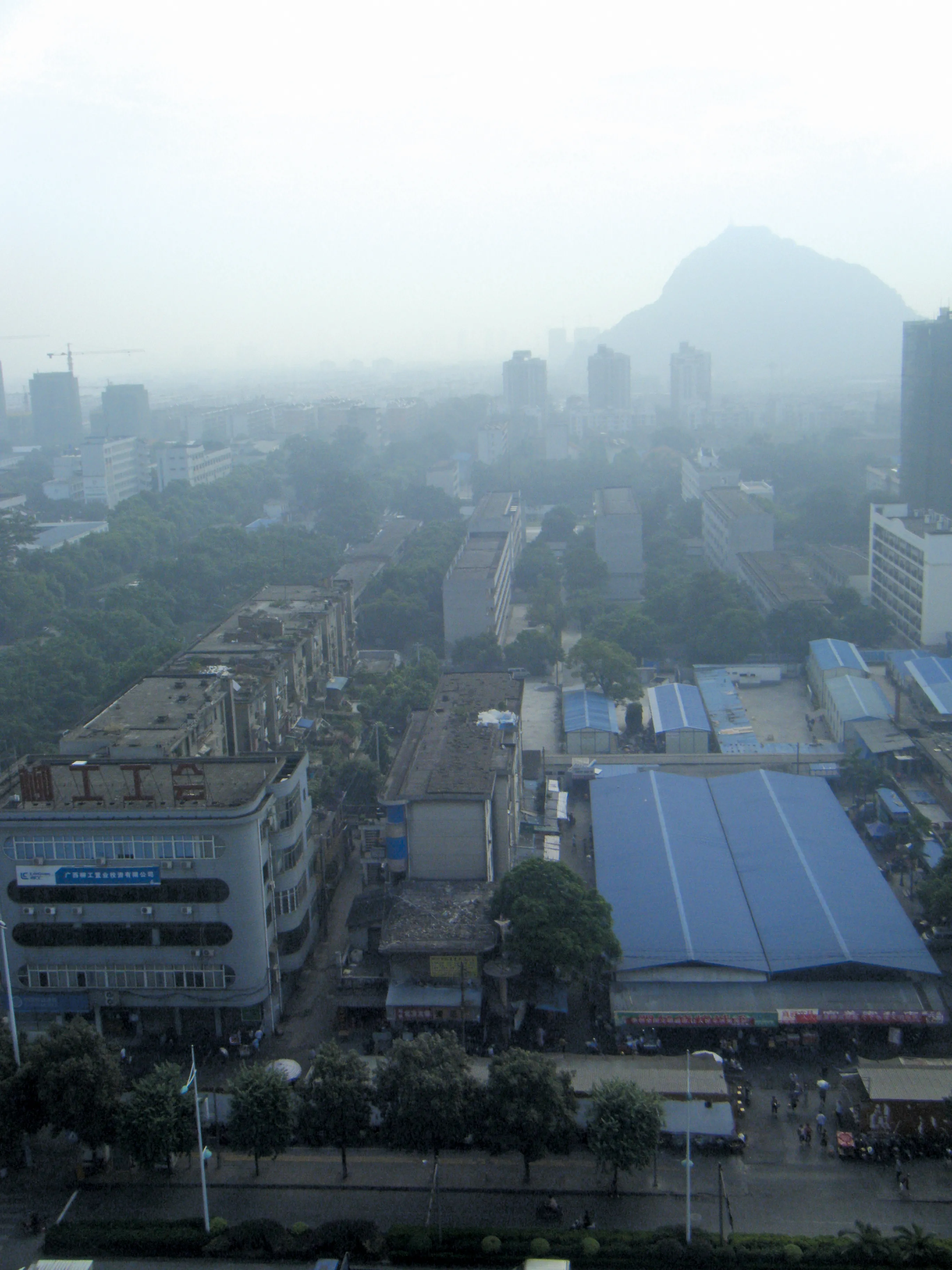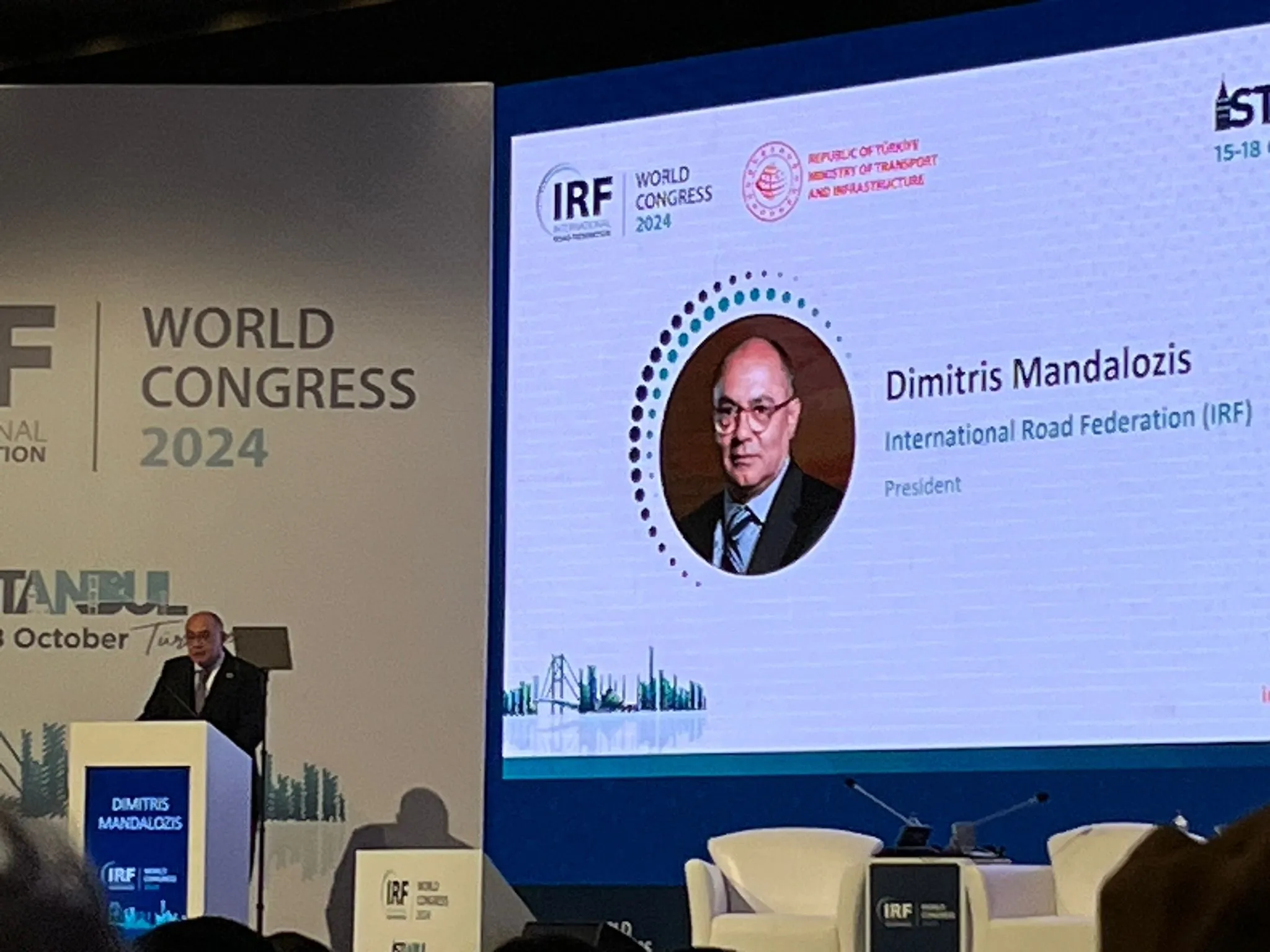
Jose Antonio Nieto, chief executive of Putzmeister Iberica is the new president of the CECE, Committee for European Construction Equipment.
After serving as vice-president for the past two years, he now takes over the president’s role for two years, to the end of 2025.
CECE represents the interests of 1,200 construction equipment manufacturers through national trade associations in Europe. Putzmeister Iberica is a member company of the Spanish industry association ANMOPYC.
His professional career in construction machinery began in after-sales service, joining Putzmeister as head of service in 1999 and progressing to technical director and chief operations officer. He has been chief executive since 2007.
In addition to leading the Spanish subsidiary of the Putzmeister Group, he has been responsible for growing the underground business unit for tunnelling and mining within the group. After the 2008 crisis he had to turnaround the Spanish affiliate business from local construction machinery sales to international own underground product sales. Putzmeister now has an underground business unit serving tunnelling and mining customers all over the world.
Nieto said he will continue the work of his predecessors by remaining committed to helping the CECE and the wider industry with its long-term target of decarbonisation and digitalisation. His main focus for 2024 is the implementation of new legislation.
“A key topic on the agenda is the implementation of the Cyber-Resilience Act and Data Act, which will have a significant impact on our long-term target of digitalisation,” he said. “Another important issue for 2024 will be the Carbon Border Adjustment Mechanism (CBAM), linked to the decarbonisation target. This twin transition of digitalisation and decarbonisation is ongoing and needs additional support.”
Continuing on from his work at Putzmeister, Nieto said he will spearhead the expansion of CECE into mining. “Europe, in addition to other regions, is facing a localisation of metals and minerals that is spurring a re-opening of old mines and the starting of new ones” he noted.
“Brussels will be developing new regulations and the many global mining manufacturers that are based in Europe will need assistance as these regulations are applied to the region,” he said. “Mining is a delicate industry regarding environment and sustainability and adjustments will need to be made when acting in the European region. We look forward to promoting CECE as mining representation of OEMs.”
The next CECE Congress will be focused on re-industrialisation and will be hosted by ANMOPYC in Madrid, Spain from October 23-25.
CECE members generate €40 billion in yearly revenue, export a sizeable part of the production and employ around 300,000 people.








